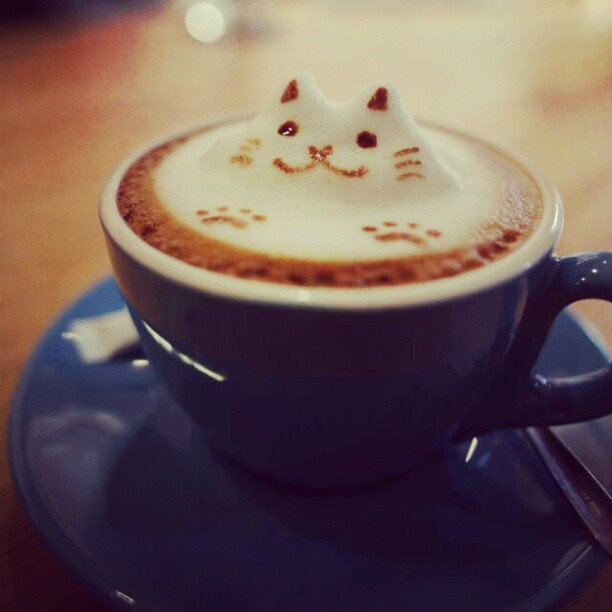9.1 Why It Matters: Branding
Why analyze elements of a brand and explain how the brand-building process contributes to the success of products or services?

Pop Quiz!
Instructions: Grab a piece of paper and jot down answers to the following questions:
- What is your favourite brand of clothing?
- Why is it your favourite?
- List a word or phrase that describes how this brand makes you feel:
- What is your favourite brand of car?
- Why is it your favourite?
- List a word or phrase that describes how this brand makes you feel:
- What is your favourite place to stop for coffee, donuts, a bagel, or some other snack?
- Why is it your favourite?
- List a word or phrase that describes how this place (which is also a brand) makes you feel:
Set the paper aside for a moment and keep reading. We’ll come back to it.
The Power of Brand
Brands are images that exist in your mind–and in the minds of other consumers–about the things around you: products, services, places, companies, people, entertainment, and so on. In a modern world that offers many choices, brands help simplify the decisions you make about what to buy, where to go, and how to spend your time.
Brands are powerful. When you explain why a brand is your favourite, you probably identify some of the traits or features of its products or services that explain rationally what makes it better than others. But rational explanations are just part of the story. Strong brands are powerful because they also tap into emotions. They make you feel a certain way, and that feeling is hard for any other brand to replicate—let alone replace.
Brands can cause people to spend more money on a product than they would otherwise. Brands can create a sense of loyalty and even lock-in—that haloed point where a tribe of dedicated fans always chooses one company’s product or services over another.
So how do they do it? What’s happening in marketing departments to create these powerful, emotional assets called brands?
What Creates a Brand Experience?
Go back to your pop quiz responses. Pick one of your favourite brands and list 2–3 things the company behind the brand provides to help make that favourite brand so memorable or special for you. It could be any of the following things–or something else entirely:
- Brand name
- Product design
- The shopping experience
- The post-purchase experience
- People or communities associated with the brand
- Product packaging
- Advertising
- Social media activity
- Customer service
- Comfort, convenience, or ease-of-use
- Attitude or personality of the brand
- Special information, deals, or promotions targeted to you
- Membership or loyalty programs
- Pricing or value for the money
- Events or activities tied to the brand
- Something else?
Marketers use these tools and many others to create the total experience with a product, service, or company that turns it into an actual “brand.” In this module, you’ll learn how a brand starts and discover what it takes to coordinate all the different parts of the unique brand.
The Paradox of Brand
Although organizations take all kinds of measures to create and build brands, in fact, the brand isn’t just what the company says it is. In the end, the brand is what customers believe it is, as the following quote explains:
So what exactly is a brand?
A brand is a person’s gut feeling about a product, service, or organization.
It’s a gut feeling because people are emotional, intuitive beings. It’s a person’s gut feeling because brands are defined by individuals, not companies, markets, or the public.
It’s not what YOU say it is.
It’s what THEY say it is.—Marty Neumeier, author and branding consultant, Neutron LLC
Companies can do a lot to create and build brands, but the net impact and value is what happens inside the mind of the consumer. The supreme challenge of brand is to make your vision of your brand the same thing other people experience and believe about your brand.
Don Draper of Mad Men captures (in the antiquated context of the 1950’s) the difference of a good brand experience and how it can create a feeling.
Read on to learn more.
Image Credit
Awe, J.C. (2013, February 7). Coffee art in 3D [Photograph]. CC BY 2.0 Flickr. https://www.flickr.com/photos/qqjawe/8452733327/

